The architectural styles and building practices across the United States vary significantly, influenced by climate, available materials, and regional preferences that have evolved over centuries. Even seemingly minor details in a home’s construction and design can act as telltale signs of its origin, offering clues to the state and even the era in which it was built. These subtle characteristics, often overlooked, provide a fascinating glimpse into the regional history and practical considerations that shaped American housing. Paying attention to these details can be like reading a silent history of a home.
1. Basement Presence (or Absence)
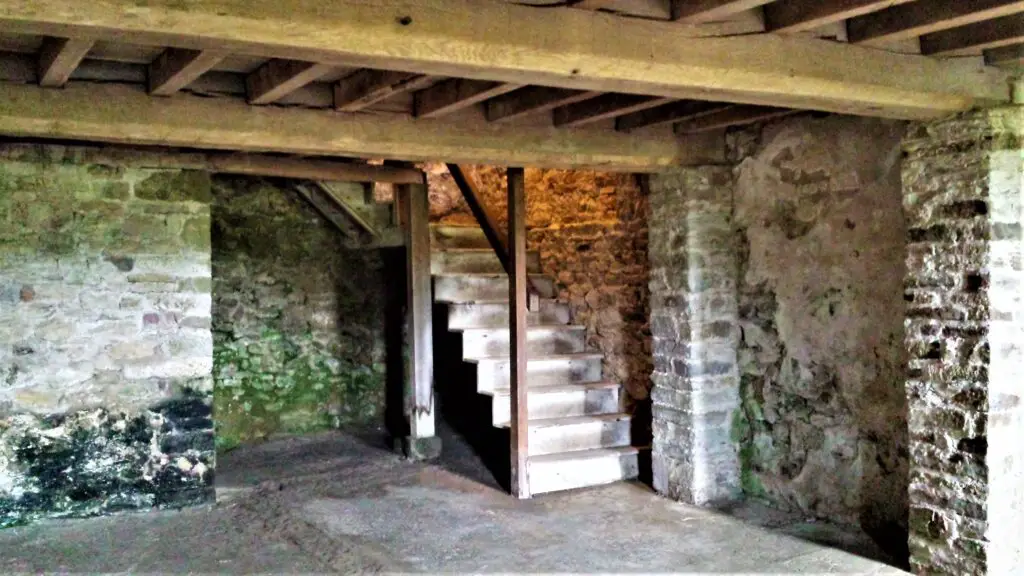
The presence or absence of a full basement is a strong indicator of the climate and soil conditions of a region, notes Groundworks. In colder states with a significant frost line, full basements are common to protect the foundation from freezing and thawing cycles. Conversely, in warmer states with high water tables or rocky terrain, basements are less common or entirely absent, with homes often built on slabs or crawl spaces.
Therefore, walking into a house and finding a full, finished basement strongly suggests a location in a colder northern or midwestern state. Conversely, encountering a home built directly on a concrete slab is a likely sign of a warmer southern or southwestern state where deep foundations are not a necessity. This foundational difference is a fundamental clue to a home’s geographic origin.
2. Window Styles and Materials
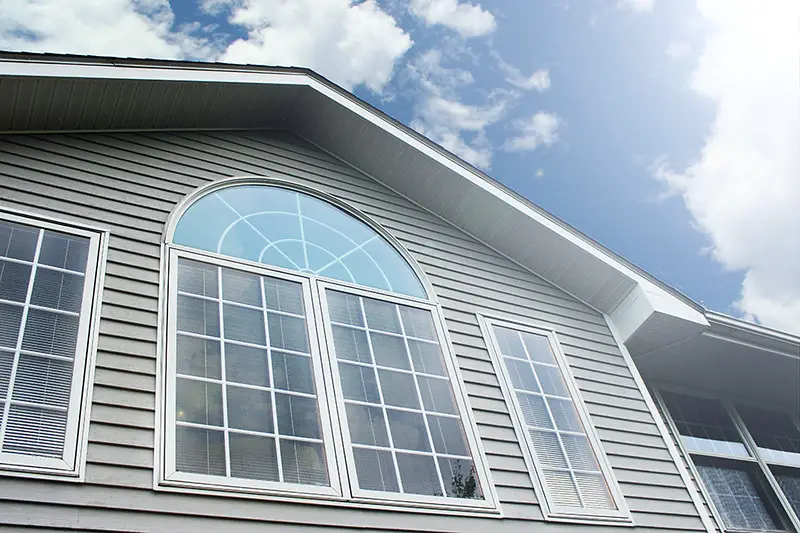
Window styles and the materials used for window frames can also offer clues about a home’s location, says HGTV. For example, double-hung windows, which allow both the top and bottom sashes to open, are prevalent in older homes across many regions but might be less common in newer constructions in certain states. The material of the frames, whether wood, vinyl, or aluminum, can also reflect regional preferences and climate considerations.
In coastal states prone to hurricanes, you might see windows designed with specific impact-resistant glass and reinforced frames. Similarly, in desert states, smaller windows designed to minimize heat gain might be more common. Observing the style and materials of the windows can provide subtle hints about the climate and building codes of the state where the house was built.
3. Roof Pitch and Materials
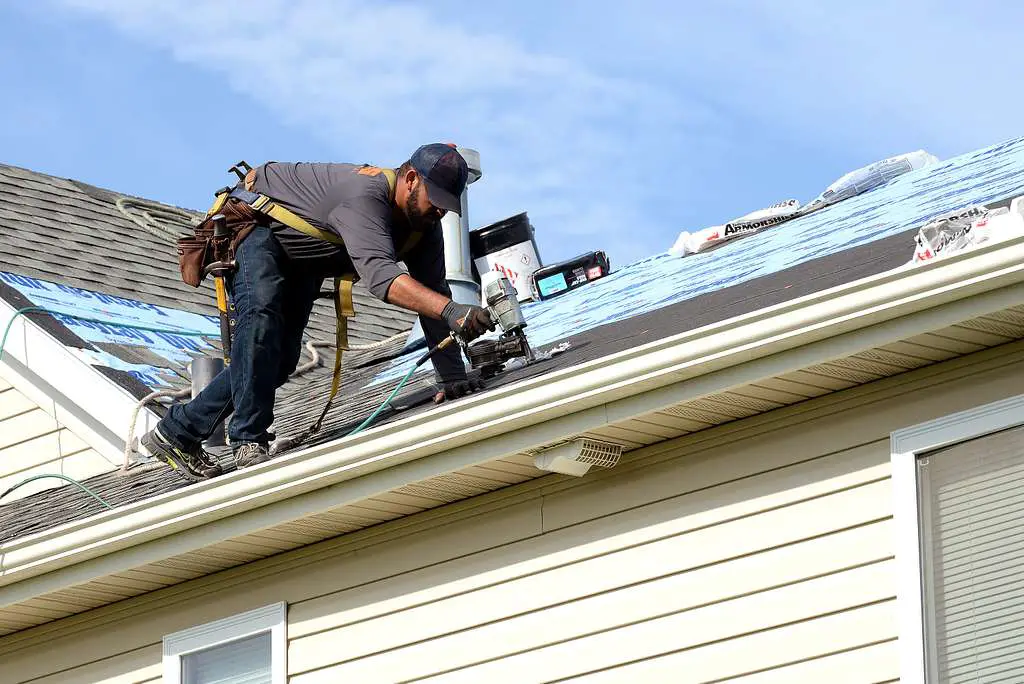
The pitch of a roof is often directly related to the amount of precipitation a region receives, says Scanifly. Steeper roofs are common in areas with heavy snowfall or rainfall, allowing water and snow to run off easily. Flatter roofs are more common in drier climates where water runoff is less of a concern. The materials used for roofing, such as asphalt shingles, clay tiles, or metal, can also reflect regional availability and climate suitability.
Seeing a house with a very steep, gabled roof might suggest a location in a state known for heavy snow, like those in the Northeast or the Rocky Mountains. Conversely, a house with a low-pitched or flat roof might indicate a drier southwestern state. The roofing material itself can further narrow down the possibilities based on regional preferences and common building supplies.
4. Presence of a Front Porch (and its Size)
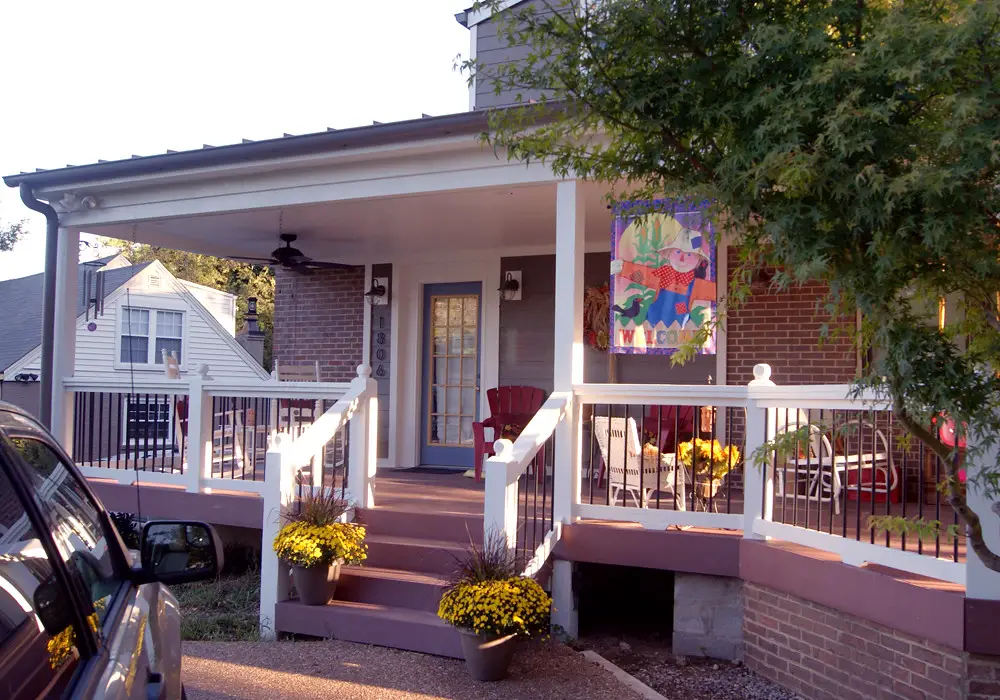
The presence and size of a front porch can be a cultural and climatic indicator, according to Builder Magazine. Large, covered front porches are common in warmer, southern states, providing shade and a space for social interaction during long, hot summers. In contrast, porches might be smaller or less prevalent in colder regions where outdoor sitting is less frequent.
Walking up to a house with a wide, inviting front porch with rocking chairs might immediately evoke the image of a slower-paced, warmer southern state. A smaller, more functional entryway might suggest a region with harsher winters where spending extended time on a porch is less common. The porch, or lack thereof, speaks volumes about the lifestyle and climate of the state.
5. Siding Materials
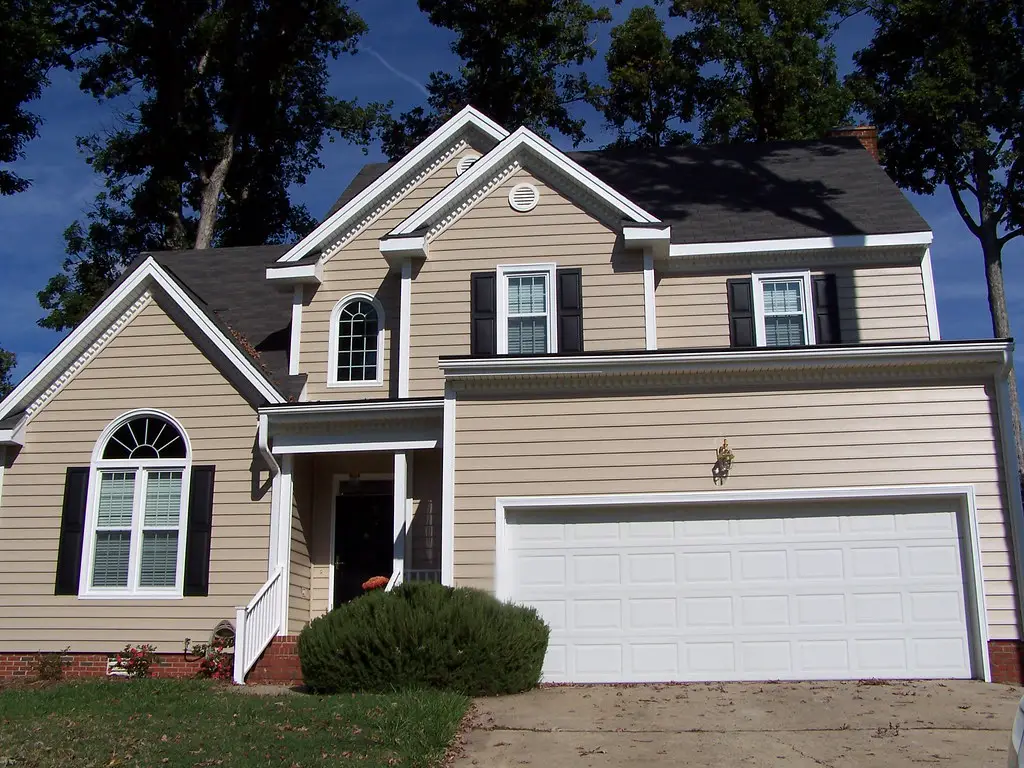
The materials used for a home’s siding are often influenced by regional climate and available resources. Wood siding, such as clapboard or shingles, is common in areas with abundant forests, like the Pacific Northwest and New England. Brick is prevalent in states with local clay deposits, while stucco is often found in warmer, drier southwestern states. Vinyl siding has become widespread across many regions but might have earlier adoption in certain areas.
Seeing a house clad in cedar shingles might immediately suggest a location in the Pacific Northwest or a coastal New England state. A brick-faced home could point to the Mid-Atlantic or parts of the Midwest. The siding material is a strong visual cue tied to both environmental factors and regional building traditions.
6. Window Screens (or Lack Thereof)
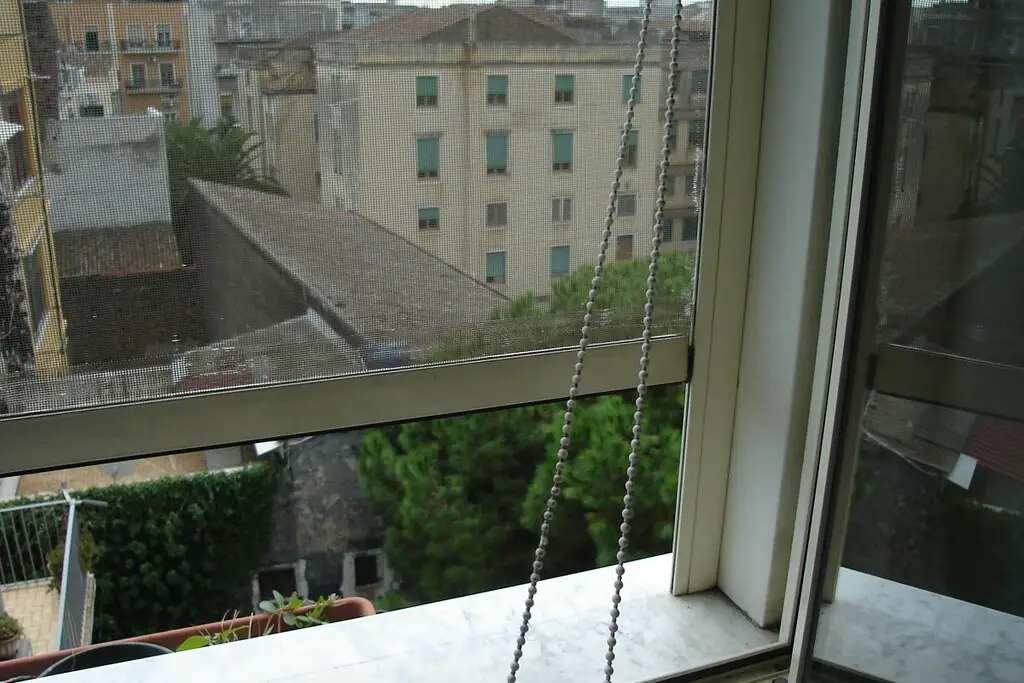
The presence or absence of window screens can be a subtle indicator of the prevalence of insects in a region. In areas with hot, humid summers and a significant insect population, window screens are a necessity to allow for ventilation while keeping bugs out. In drier or cooler climates with fewer insects, screens might be less common or entirely absent.
Walking into a house with screens on every window, even in the colder months, might suggest a location in a state with a significant mosquito or fly problem during warmer times, such as the Southeast or parts of the Midwest. The absence of screens might indicate a drier western state or a region with generally fewer airborne pests.
7. Style of Landscaping
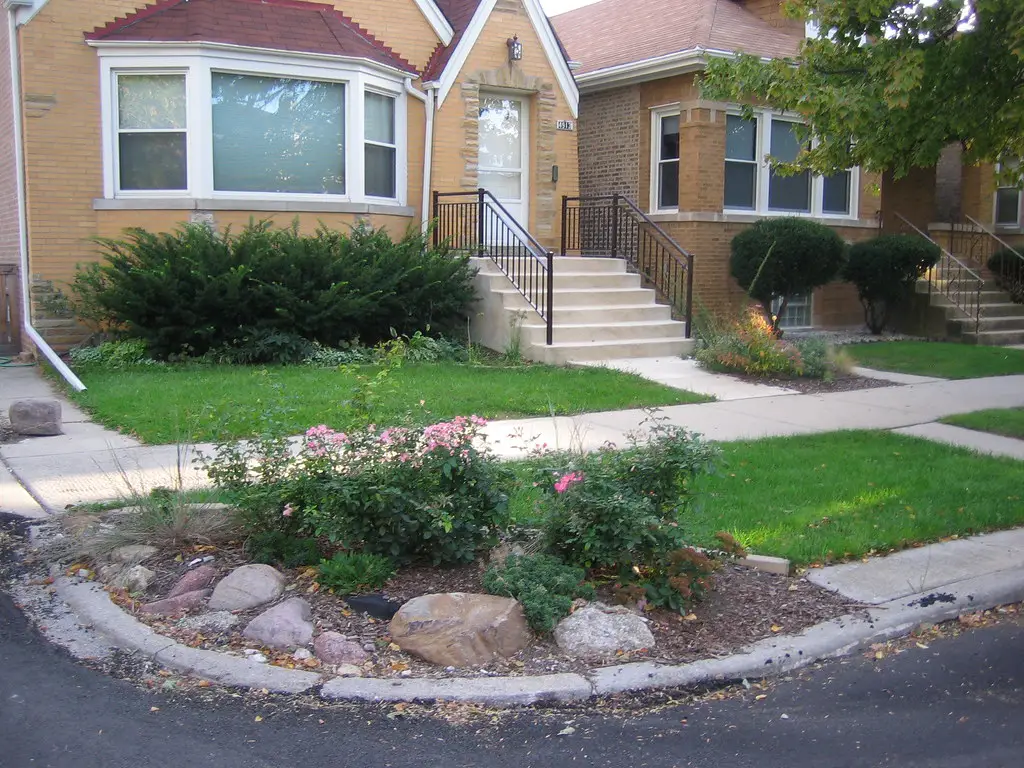
The style of landscaping surrounding a home can also offer clues about the climate and regional aesthetics. Lush, green lawns requiring frequent watering are common in wetter regions. In contrast, xeriscaping with drought-tolerant plants and gravel is often found in arid southwestern states. The types of trees and shrubs planted can also be regionally specific.
Seeing a yard filled with palm trees or cacti immediately suggests a warmer southern or southwestern state. A landscape dominated by pine trees and rhododendrons might point to the Pacific Northwest. The plant life surrounding a home is a strong visual indicator of the local climate and horticultural preferences.
8. Presence of Hurricane Straps or Clips
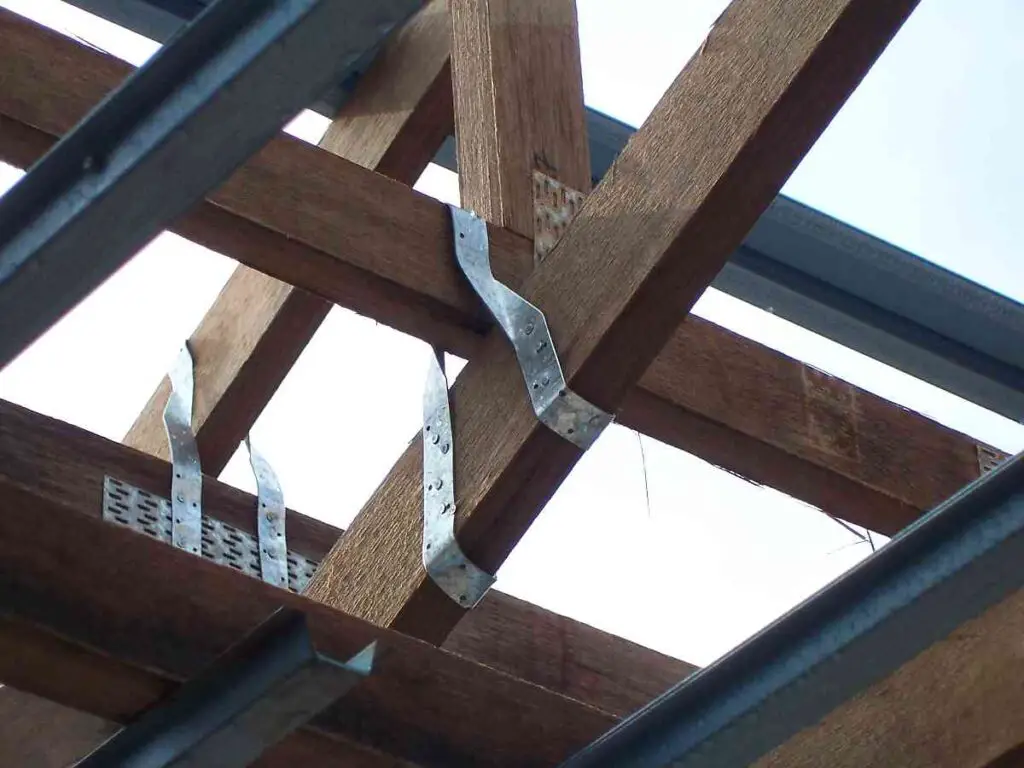
In coastal states prone to hurricanes, building codes often require the use of hurricane straps or clips to secure the roof to the walls, providing resistance against high winds. These metal connectors might be visible in the attic or even subtly on the exterior. Their presence strongly suggests a location in a hurricane-prone region along the Atlantic or Gulf coasts.
An inspector or a knowledgeable homeowner in these areas would immediately recognize these structural reinforcements. Their absence in a coastal home would be a red flag. These small but critical details are a direct response to the specific environmental hazards of certain states.
9. Foundation Height Above Ground
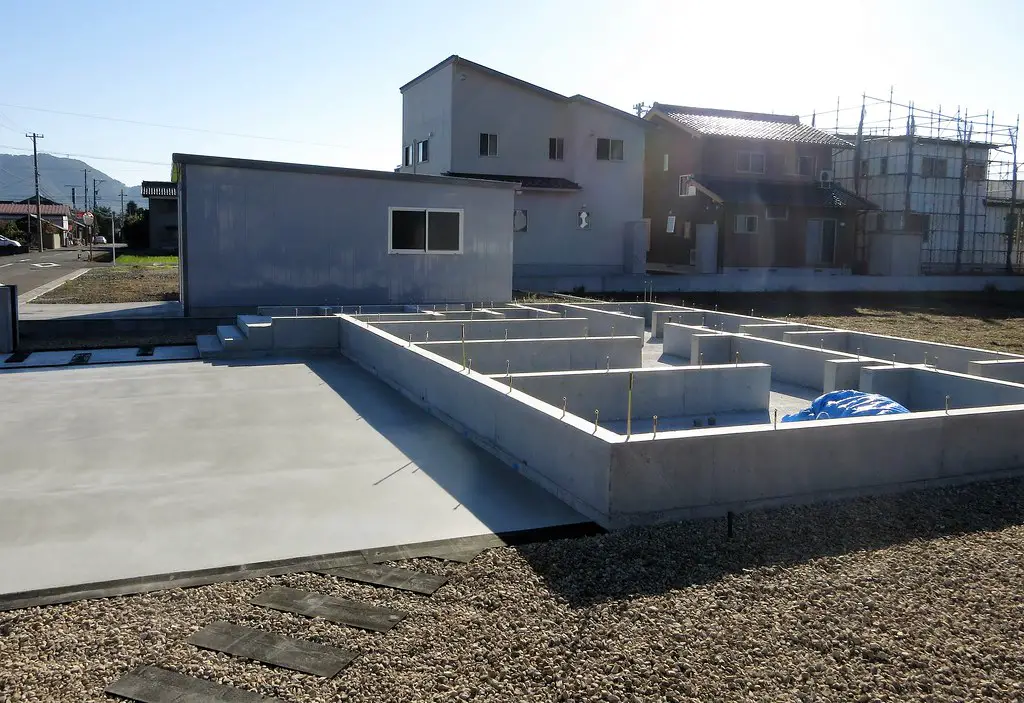
The height of a home’s foundation above the ground can also be a regional indicator, particularly in areas prone to flooding. Homes in flood-prone regions might be built on raised foundations or pilings to elevate the living spaces above potential floodwaters. This is a common sight along coastlines and in river floodplains.
Seeing a house elevated significantly above ground level might immediately suggest a location in a state with a history of flooding, such as those along the Gulf Coast or in certain river valleys. This architectural adaptation is a direct response to the specific environmental risks of the region.
10. Use of Specific Local Building Materials
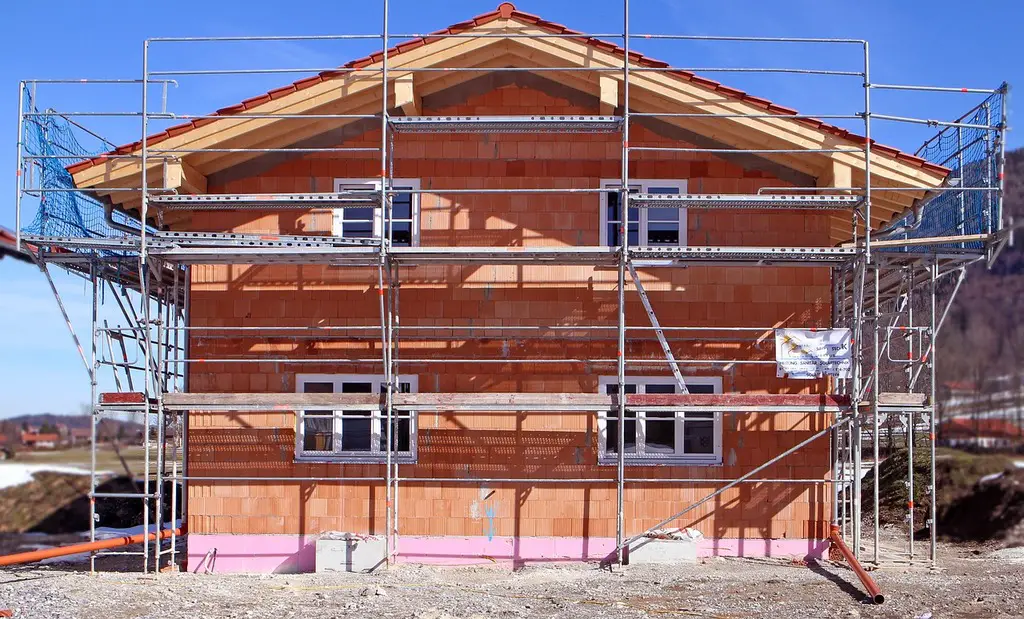
The incorporation of locally sourced building materials can be a subtle nod to a home’s origin. For example, adobe construction is strongly associated with the Southwest, utilizing the readily available clay and sun for building. Similarly, homes in certain mountainous regions might feature locally quarried stone.
Encountering a home with thick adobe walls immediately places it in the southwestern United States. The use of a particular type of stone that is known to be quarried locally can also narrow down the state. These material choices often reflect both availability and adaptation to the local climate.
11. Presence of “Florida Rooms” or Sunrooms
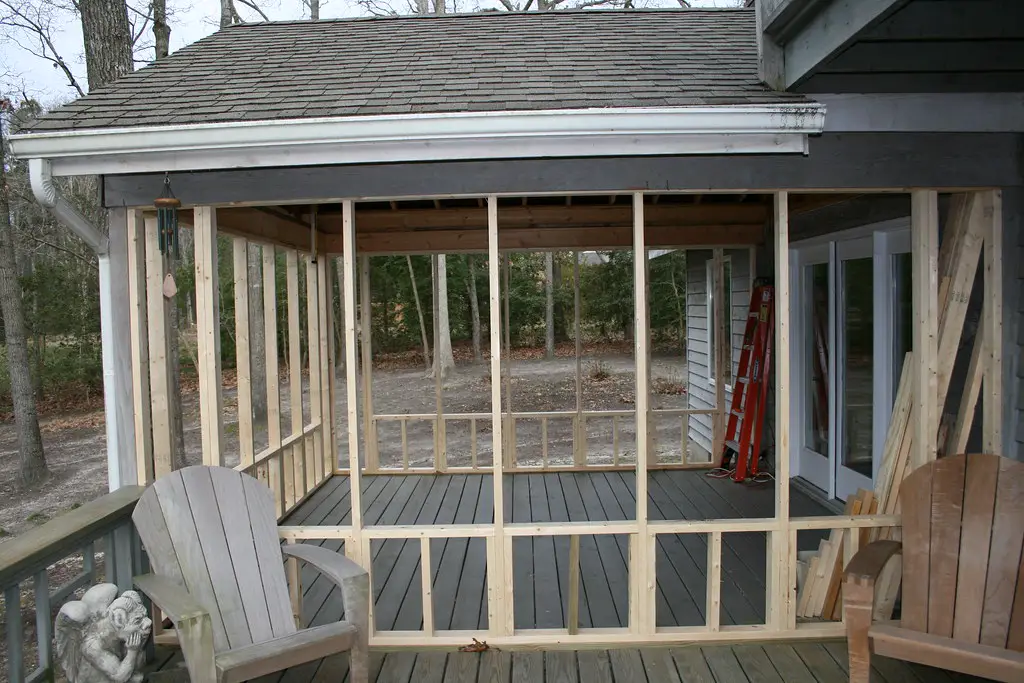
The “Florida room,” a type of sunroom often featuring large windows and designed for indoor-outdoor living, is a common feature in warmer states like Florida and other parts of the Southeast. These rooms allow residents to enjoy the sunshine and outdoor views while remaining protected from insects and the harshest heat.
Seeing a room specifically labeled or designed as a “Florida room” strongly suggests a location in the Sunshine State or a similar warm, humid region. The design and purpose of these rooms are directly tied to the climate and lifestyle of these areas.
12. Style of Fireplaces and Chimneys
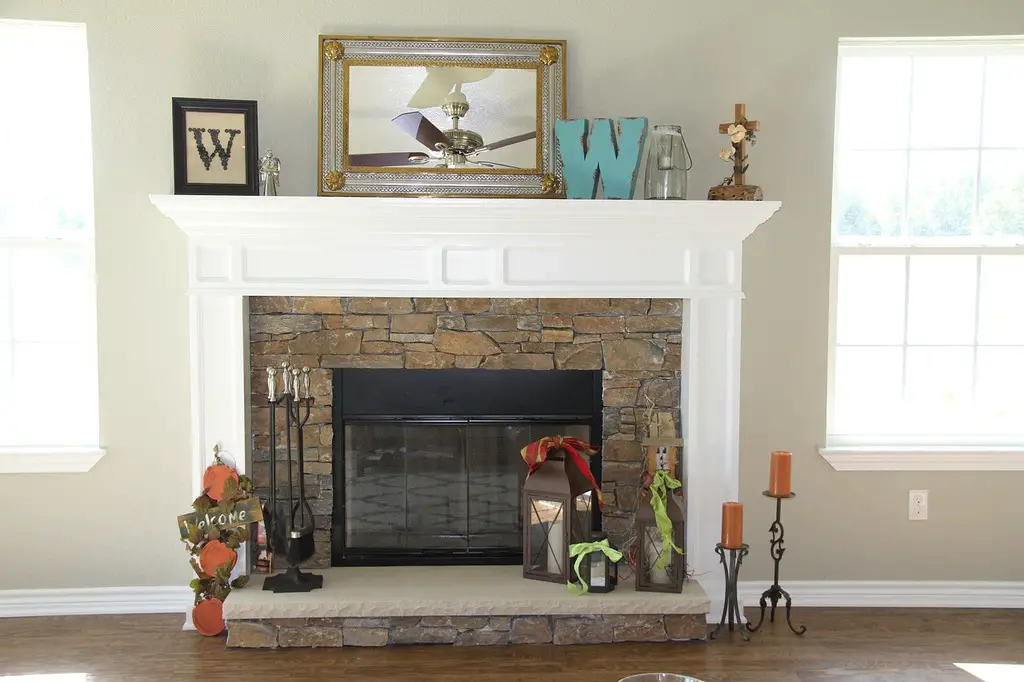
The style and construction of fireplaces and chimneys can also offer regional clues. In colder states where fireplaces are a primary heat source, they might be larger and more substantial, often built with brick or stone. In warmer states where fireplaces are more for ambiance, they might be smaller and less elaborate.
A massive stone fireplace with a large chimney could suggest a location in a colder northern state with a tradition of wood heating. A smaller, more decorative fireplace might indicate a warmer southern or western state where it’s used less frequently for warmth.
13. Presence of Screened-In Porches
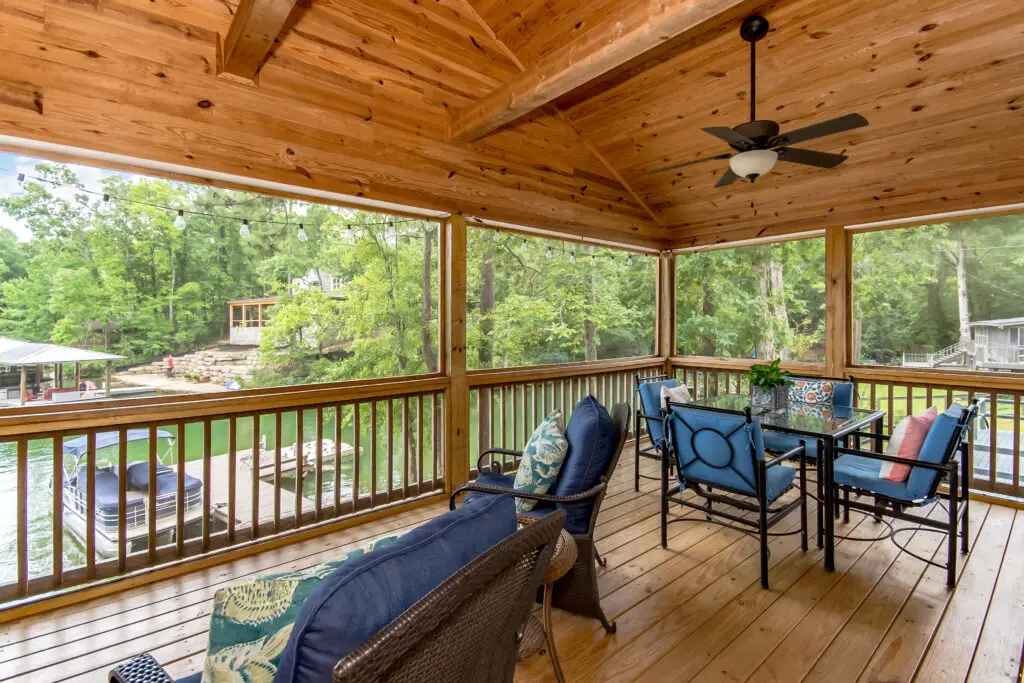
Screened-in porches are a common feature in warmer, more humid states with significant insect populations, such as those in the Southeast. These enclosed outdoor spaces allow residents to enjoy fresh air and the outdoors without being bothered by bugs.
Walking into a home with a large, well-used screened-in porch strongly suggests a location in a state where insects are a significant factor during warmer months. This architectural feature is a practical adaptation to the local environment.
14. Size and Layout of Mudrooms/Entryways
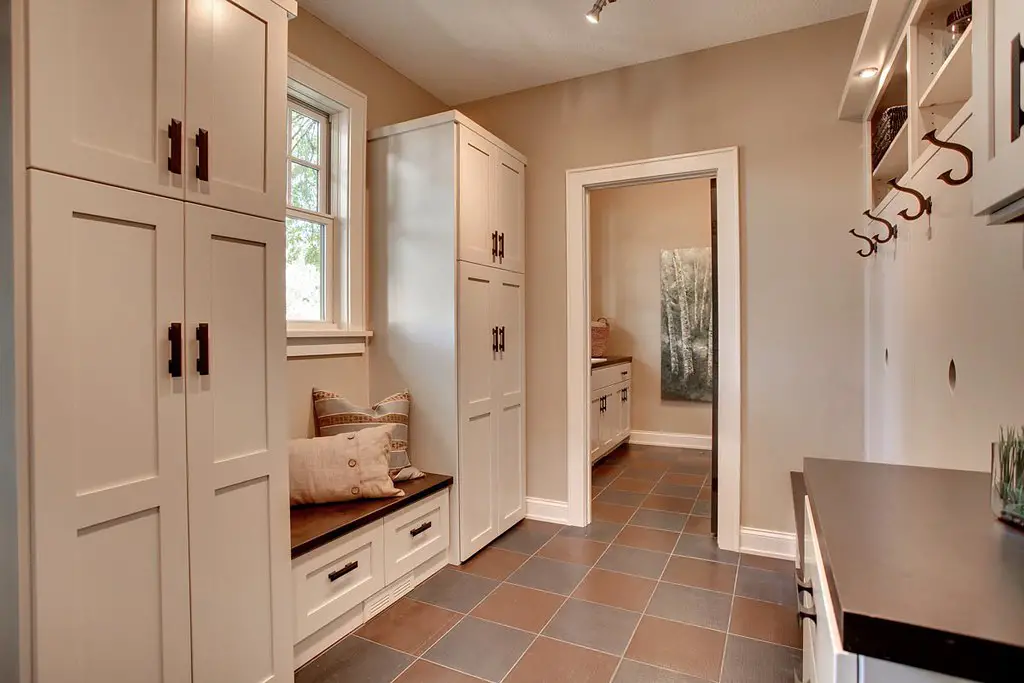
The size and layout of mudrooms or entryways can reflect the climate and typical outdoor conditions of a region. In states with significant snow or rain, mudrooms might be larger and more functional, with ample space for storing boots, coats, and wet gear. In drier climates, entryways might be smaller and less focused on containing moisture.
Seeing a large mudroom with built-in storage for winter gear immediately suggests a location in a colder, snowier state. A smaller, more decorative entryway might indicate a region with milder, drier weather.
15. Architectural Style Prevalence
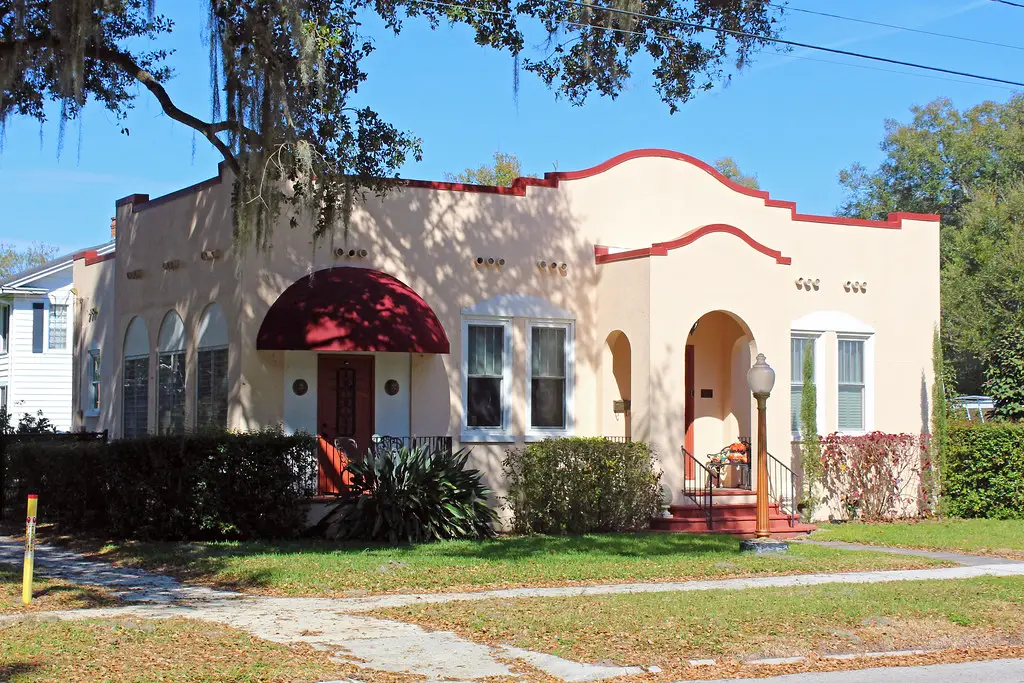
Finally, the overall architectural style of a house can be a strong indicator of the region and the era in which it was built. Certain styles, like the Shotgun house in the South or the Adobe style in the Southwest, are strongly associated with specific states and their histories.
Recognizing a distinct architectural style immediately links the house to a particular region and its cultural and environmental influences. The prevalence of certain styles within a state is a powerful visual clue to its geographic origin.
